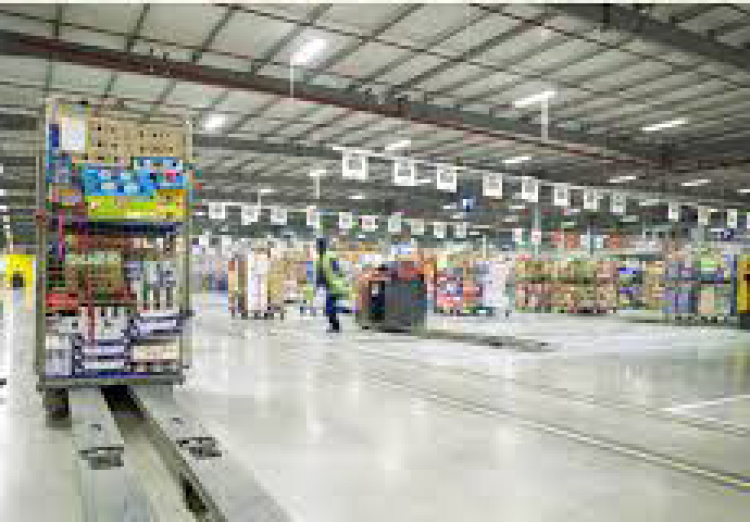Are super distribution centres storing up trouble?

Many online retailers now have ‘super distribution centres’, which allow for high speed, low cost operations. But what about when things go wrong? RSA’s David Corrigan argues that retailers relying on a small number of distribution centres need to be especially prepared.
These centres are typically in excess of 500,000 square feet with a unique design and cutting-edge picking and sorting automation technology. The benefits are clear: less buffer stock, higher savings from automation and greater flexibility on delivery schedules.
But when things go wrong, the risks can be higher. In predominantly offline retailers, a combination of physical sales premises and multiple distribution centres can substantially reduce the impact if there is an incident at a particular site. While stock at the location affected may be lost, capacity can be transferred to alternative locations and the interruption minimised.
By comparison, for online retailers, dependency on a single site means getting the business back up and running can be a lengthy process with both a tangible monetary cost and a less tangible but potentially more damaging reputational cost. Service can be delayed or stopped, challenging even the most faithful customer’s loyalty.
So while fewer but larger sites may be an effective way to run operations, they necessitate a whole host of risk-management measures. If the distribution-centre model is here to stay, businesses need to act to make sure they can keep trading come what may.
A recent fire at one online retailer’s ‘super hub’ damaged much of the stock and forced it to suspend its website over a weekend. But according to the local fire brigade, the sophisticated sprinkler system installed probably saved the warehouse from being destroyed entirely. While the cost of such a system can carry a heavy initial outlay, this can be repaid tenfold when a fire breaks out.
Fire is of course just one of many hazards retailers need to consider. We recommend that companies think about how to maximise the resiliency of new locations or enhance the protection of existing addresses. The required measures could range from cutting-edge detection technologies such as thermography to the simplest human actions.
Not all risks can be eliminated, but planning ahead puts a business in control of the consequences, even if command of the event itself remains out of reach. This makes the presence of a resilient and regularly-tested business continuity plan critical. For online retailers, the lack of alternative premises means temporary locations and equipment need to be identified. Having emergency resources stored at an alternative location and knowing emergency roles and responsibilities means that a business can respond much quicker and manage customer expectations accordingly.
The need to plan can be a complex process and knowing where to start can seem daunting. Many businesses outsource the management of their distribution centres to third-party operators and the temptation can be to rely on their contractor’s business continuity plans. We believe this should be resisted. It can be a complex task, but RSA’s Foresight – an online tool – helps businesses develop and maintain an effective business-continuity plan, from business-impact analysis through to testing and updating procedures.
Super distribution centres bring great opportunities but there are risks involved. It’s our job to help manage these so that if the worst should happen, businesses can quickly get things ticking – and their customers clicking – again.
David Corrigan is RSA’s UK risk managed property underwriting director. Foresight is available free of charge at http://www.rsabroker.com/foresight.A version of this article was originally published on http://news.rsagroup.com.

David Corrigan - RSA
